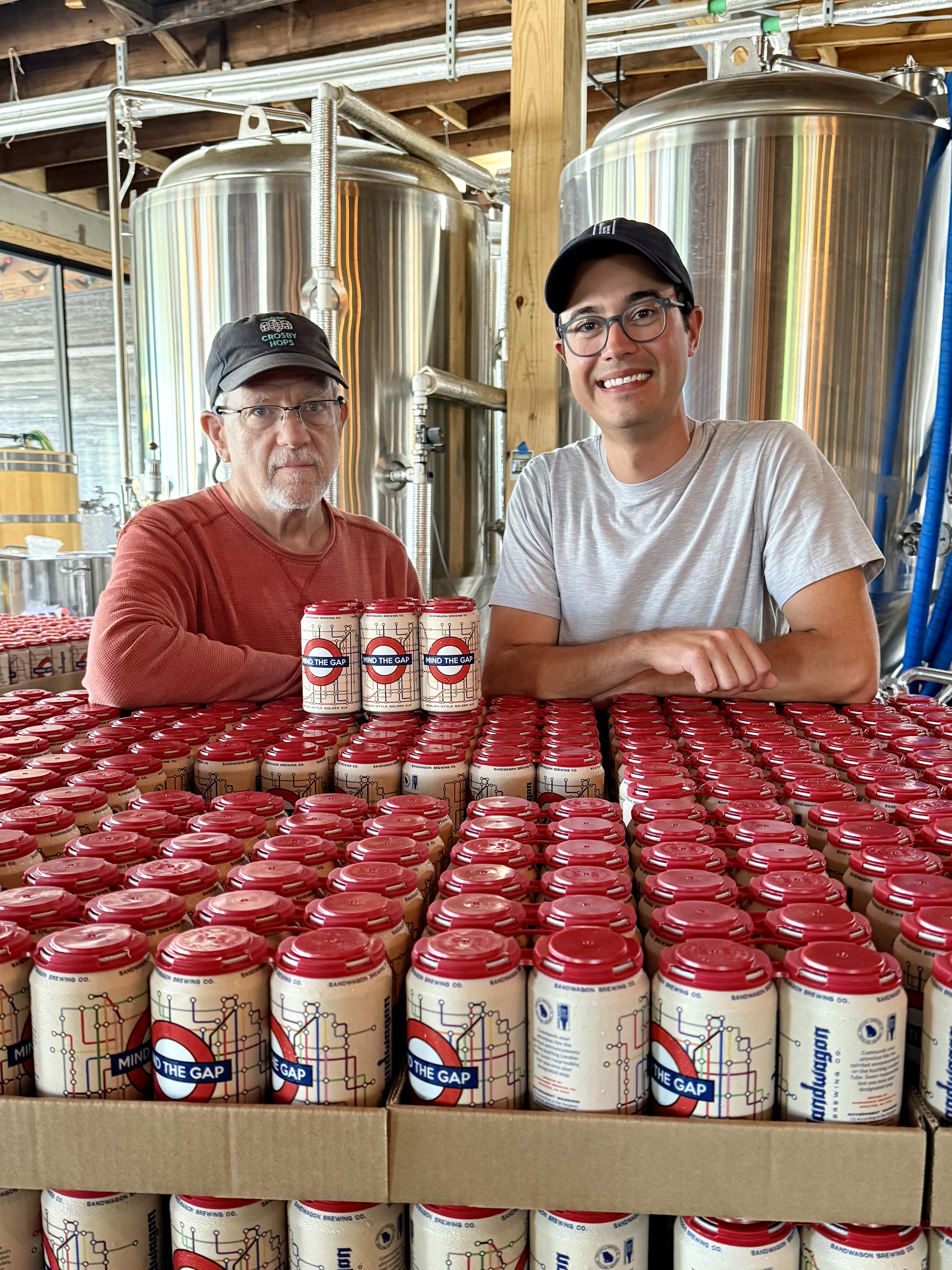Opioid addiction battle continues, but shortages trouble chronic pain sufferers
Published 7:58 am Sunday, August 20, 2023
TAHLEQUAH, Oklahoma – Health care professionals can prescribe opioids to help those experiencing acute, persistent, or severe pain, but shortages and fears of addiction are affecting many patients in Northeastern Oklahoma and elsewhere.
Due to the nature of these medications, they can become habit-forming, and many in Congress have been crusading to curtail their use. On April 13, the Federal Drug Administration made updates to its prescribing information for opioid pain medications to provide more guidance for safe use. In the update, the FDA stated that while there has been a substantial decrease in how many opioid prescriptions dispensed overall, deaths involving them have remained steady: 16,706 in 2021.
“Data suggest some patients who are prescribed opioid pain medicines may progress to non-medical use of opioids and other controlled substances, contributing to the number of opioid-related overdoses. The impact of the opioid crisis extends beyond deaths and includes health consequences and harm to families,” the FDA stated.
In addition, the FDA found that those prescribed these medications for acute pain are often given more tablets than needed, leading to unused medication that when not properly disposed of can “provide opportunities for non-medical use, accidental exposure, and overdose.”
Several entities in Northeastern Oklahoma assist those recovering from addiction, but rehabilitation is nearly never one-size-fits-all.
“When it comes to addiction, recovery is not the same for everyone,” said Nikki Hendricks, founder and house manager of the Hosea Ministries Foundation.
In partnership with the McIntosh Foundation, Hendricks runs a sober living transitional house for women – the only one of its kind in Cherokee County. Recovering from addiction and substance abuse can take time.
“You need to meet the person where they are to help them out of addiction and into recovery,” said Hendricks.
The Cherokee Nation has taken strides to build in-house drug treatment facilities and train health care professionals to run them. The tribe unveiled plans for its first on Feb. 13, an $18 million treatment center funded by an opioid drug manufacturer settlement.
“About a year ago, this council enacted a law that amended the Public Health and Wellness Fund Act,” said Principal Chief Chuck Hoskin Jr. during a council meeting on Aug. 8. “One of the most important things – and I think this will be of enduring significance for the Cherokee people – was the $5 million endowment for behavioral health. We know that we need to increase the pipeline of health care professionals, particularly in behavioral health and in the area of drug treatment.”
Hoskin announced that the endowment is now operating.
“We’ve actually got the first scholarship opportunities out there through the Cherokee Nation Foundation,” he said. “Similarly, but on a separate track, we have a relationship with Northeastern State University that will also create some of those opportunities. I think this is going to yield benefits for our people for years to come.”
Shannon Gower, pharmacist at Tahlequah Drug Co., said opioids can sometime be prescribed acutely – for example, after surgery for short periods of time.
If these medications are being used for pain management, Gower said, the patient is usually dealing with a chronic condition like degenerative joint disease, joint issues, or back and spine problems. Autoimmune disease sufferers may also be prescribed pain medication.
“Or people who have metal in their bodies,” she said.
If that metal can’t be taken out, she said, opioid pain medications can be prescribed to help the person manage pain.
There is currently an intermittent shortage of certain types of opioid medications.
According to the American Society of Health-System Pharmacists, which collects data and releases bulletins on national drug shortages, there is a shortage of oxycodone hydrochloride oral tablets of various dosages. The shortage was first announced March 16, 2023, and as of July 31, the shortage was still ongoing, leaving pharmacies sometimes without any medication for up to two months at a time.
Drug manufacturers reported varying reasons for the shortage. According to ASHP new releases from July 31, Camber Pharmaceuticals is awaiting U.S. Drug Enforcement Administration quota approval for an active ingredient; Major and Rhodes did not provide a reason for the shortage; and Mallinckrodt refused to provide availability information. Both Alvogen and KVK-Tech have oxycodone immediate-release tablets available.
Many local pharmacies are dealing with the effects of these shortages, like Tahlequah Drug Co. Gower said these shortages are being felt across the board.
“It’s a manufacturer supply issue,” said Gower.
Gower explained that pharmacies get their medications from different wholesale providers, and the supply issues with each eventually hit all at once. People dealing with the shortage may have to switch to another product for a time until their medication becomes available again.
Many people depend on these medications to go about their daily lives. From 2013-2017, the Oklahoma State Department of Health found there were 30 unintentional prescription opioid overdose deaths in Cherokee County. In addition, the prescription rate for adults in Cherokee County was 21% higher than the average Oklahoma rate. Three out of four who died, OSDH states, had a history of substance abuse.
“Data suggest some patients who are prescribed opioid pain medicines may progress to non-medical use of opioids and other controlled substances, contributing to the number of opioid-related overdoses,” the FDA stated in the release.
Addiction can progress over time. District Attorney Jack Thorp, whose office has created and implemented a fentanyl eradication program over the past two years, told the Daily Press in early August that this could lead to more potent and lethal drugs.
“Sometimes a lot of individuals get addicted to opioids, and then they can’t afford the medication anymore, and they will switch to heroin,” said Thorp. “Now a lot of those who were using heroin have switched to fentanyl, or fentanyl with a heroin cut. Fentanyl is 50 times more powerful than heroin and 100 times more powerful than morphine.”





